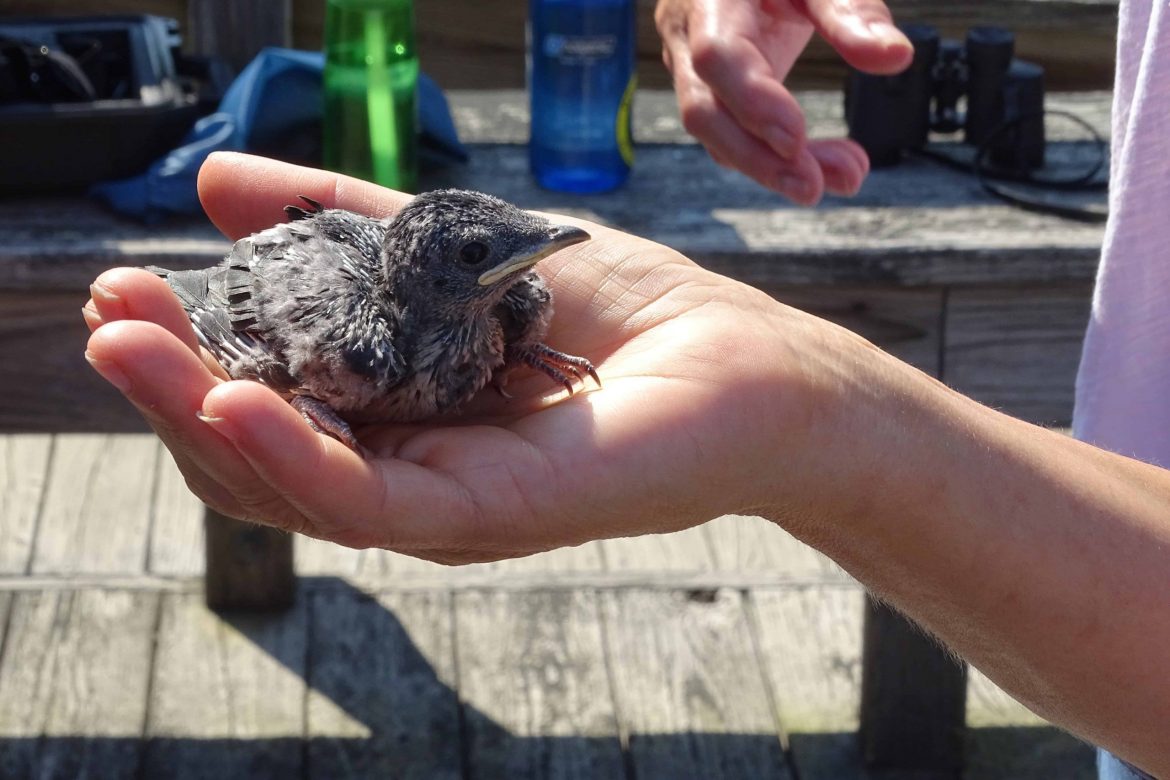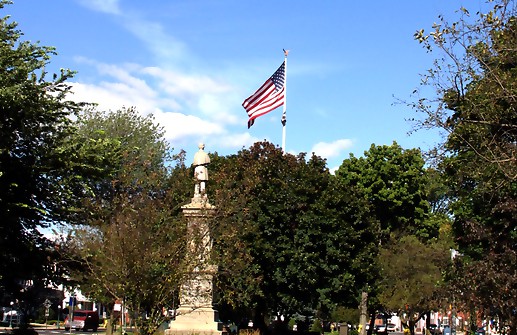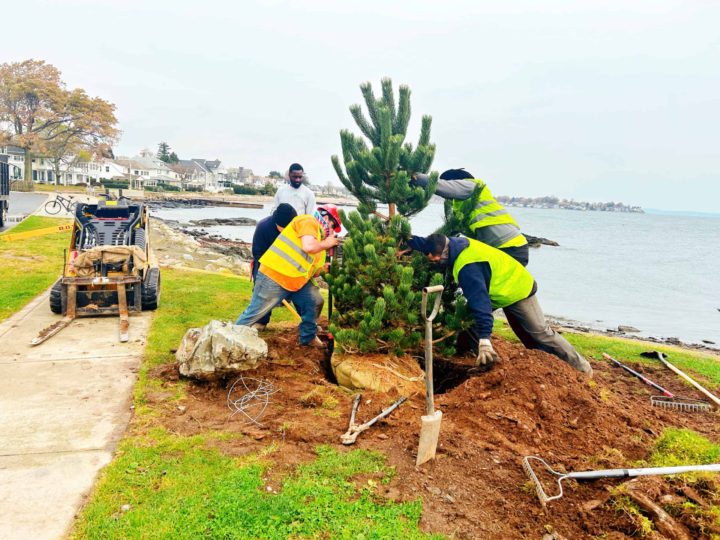
The Core of Conservation
Can you imagine Milford without its beaches? Without the natural coastal beauty that has nurtured and sustained its human inhabitants since the city was founded almost 400 years ago? Of course not. It’s an integral part of the Milford experience, the essence of who we are as a community.
To make sure that future generations get to enjoy those same elemental feelings of connectedness to the land and sea around us, each member of the Milford community should be a conservator of that environment—a person responsible for its preservation. And that commitment to conservation should begin at a very young age.
“It starts with children,” says Shari Greenblatt, the southwest regional director for the Connecticut Audubon Society. “If we can instill an appreciation for nature in kids when they’re young, it stays with them and they have an affinity for environmental protection and preservation.”
Charged with overseeing operations and staff at the Connecticut Audubon’s Coastal Center at Milford Point (as well as the Fairfield Nature Center and Birdcraft Museum), Greenblatt also works with the Coastal Center’s seasoned naturalist educators on programs specifically designed to “instill a sense of appreciation and conservation” in young minds. In addition to its popular summer camp program, the center offers a Little Naturalist series for children ages 2-4, hosts birthday parties, offers badge programs for Boy and Girl Scouts, and works with area schools on the Science in Nature outdoor education program.
That’s a huge part of the mission for both the Audubon and the team at the Coastal Center. “We’re providing the service of educating the children and allowing them to get out in nature and learn in a very hands-on experience,” says Greenblatt. “Sometimes with our programs it’s the first time that kids really experience nature, learning about birds, learning about their habitat and how to protect them.”
Anyone who has been to the Coastal Center—located within the 8.4 acres of the Smith-Hubble Wildlife Sanctuary—knows that it’s a special place. “We’re in a unique location because we’re on the marsh, we’re at the mouth of the Housatonic River, we’re sort of the gateway to the Charles E. Wheeler wildlife refuge, and we’re on Long Island Sound. It’s not only an extremely popular space for birders all over the state, but also for fishermen as well,” says Greenblatt. Within the Center’s peaceful confines, it’s easy to forget the world outside, which is one of the reasons it’s a great place for kids to learn.
“Our clients are the people in our surrounding community,” says Greenblatt. “It’s the schools around us.” In service to that community, the Coastal Center’s Science in Nature program—delivered both at the Center as well as in classrooms and school yards—aims to support educators through hands-on activities. “Our goal is to enhance the curriculum they’re already working on to help them meet state science, math, and literacy standards,” says Greenblatt.
This is touchy-feely science, or in academic parlance, “hands-on, inquiry-based activities that teach aspects of earth and life sciences, ecology, scientific observation, and conservation.” For instance, students can get their hands (and usually their feet) wet learning about “Life Between the Tides,” searching for snails, crabs, seaweed, and learning how these organisms adapt to their ever-changing habitat. Or they study the unique characteristics of birds by examining feathers and nests and observing birds up close. (These are only two of the 15 topics offered.)
“We had a group of kids here and they were learning about bird banding and they were amazed,” says Greenblatt, referencing the Coastal Center’s successful program of housing and banding purple martins (a type of swallow) as part of their efforts to increase the species in Connecticut. Since martins nest only in human-made structures (boxes or gourds), conservation efforts are essential. The Coastal Center has one of the largest purple martin colonies in the state, and thanks in part to their efforts, the birds are no longer on the state’s threatened species list. The kids are fascinated learning how the banding helps conservationists track the colonies. Young minds are engaged. Interest is peaked.
It’s a perfect example, says Greenblatt, of how the Coastal Center meets its community mandate. “Conservation through education and advocacy are the two pillars of how we try to achieve our goal of environment conservation and habitat protection for the birds and other habitat.”
Of course, there are plenty of educational opportunities at the Coastal Center that appeal to older residents, from guided bird walks, to the tranquility of the Pollinator Garden, or birdwatching from one of the three observation platforms or the 70-foot tower. Adult conservationists make up the bulk of the volunteers that keep the Coastal Center humming. “We really could not survive without volunteers,” admits a grateful Greenblatt. “We’re very reliant on them for their time and their support.” Among the many projects completed last year, volunteers created a milkweed garden as part of the Audubon’s efforts to help the monarch butterfly population, which has been decimated over the last two decades.
“The older generation is doing it for the younger generation,” says Greenblatt of all their efforts. And rightfully so. Coming generations deserve a chance to experience the natural beauty that is Milford.




